Countable Vs Uncountable Nouns || Learn English Grammar
1
About :
Original Content: https://www.dansenseienglish.com/grammar/countable-and-uncountable/
Learning about countable and uncountable nouns is very important in English. This is because it effects lots of other things such as grammar and articles.
If you don’t understand how to use them correctly, it will be difficult for people to understand you and you wont be able to speak confidently.
In this lesson, you will learn everything you need to know about countable and uncountable nouns. This will improve your English and help you speak more naturally!
WHAT ARE NOUNS IN ENGLISH?
Nouns are things. Anything you can see and touch is a noun.
Even things you can’t see like ideas, information and air are nouns.
Nouns are the most basic kind of word in English and there are a lot of them, so it is important to learn how to use them correctly.
When we talk about nouns in English, there are some different groups of nouns you need to know about. This is because it will change how that word is used.
WHAT ARE COUNTABLE AND UNCOUNTABLE NOUNS?
In English, we can separate nouns into two groups: countable and uncountable.
When you learn a new noun, it is a good idea to also learn if it is countable or uncountable. This is important because it will tell you how to use that word with other words in a sentence.
We also talk about countable and uncountable nouns in different ways.
WHAT ARE COUNTABLE NOUNS?
Countable nouns are words in English that we can count.
Each noun we are talking about is considered a separate thing and we are able to count how many of that thing exist, so we call those things countable.
For example:
Animals – Cats, dogs, birds, gorillas etc
Vehicles – Cars, trains, bikes, airplanes etc.
Places – Parks, beaches, cities, train stations etc
Items – Books, chairs, computers etc.
Food – Apples, tomatoes, burgers etc.
People – Brothers, sisters, friends etc.
SINGULAR AND PLURAL NOUNS
We can split countable nouns in to two groups, singular and plural.
Singular nouns are when we are only talking about one item and plural nouns are when we are talking about two or more of that item.
The word will change depending on if it is singular or plural.
It also changes how the word interacts with things like articles or determiners.
WHAT ARE SINGULAR NOUNS?
Singular nouns are the basic form of the noun. This is when we are only talking about one item. If there is more than one of that item, you need to use plural nouns.
Singular nouns are the version you will find in the dictionary. This is called the base form. For example:
Cat,
dog,
car,
bike,
train station etc.
You don’t need to change these nouns in anyway to use them.
We can use “one” or determiners like “a, an or the” when we are talking about singular nouns.
WHAT ARE PLURAL NOUNS?
Plural nouns are used when we are talking about more than one of a noun. If you are talking about 2 or more items, you need to use this form.
Plural nouns are confusing because the word changes, but there are a few different patterns that you need to learn. These are regular plurals, irregular plurals and same word plurals.
REGULAR PLURALS.
Regular plural nouns are the easiest ones. You take the singular version of the noun and add ‘s’ to the end of the word.
Cats,
dogs,
cars,
bikes,
train stations
Most regular plurals work this way. However, be careful, because some words are a little different.
For words that end in ‘y’ – like city, we remove the ‘y’ and add ‘ies’ so it becomes cities. This is also true for parties, berries and stories.
However, not all words that end in ‘y’ follow this pattern. Words like birthdays, delays and ways just add ‘s’ to the end like other regular nouns.
If you are not sure how to change a word, you should check in the dictionary.
IRREGULAR PLURALS.
In English, there are lots of irregular plural nouns. Irregular plurals and the singular noun word are completely different words.
There is no pattern that you can learn and each word is different, so you need to learn them as a set. This is similar to irregular verbs.
Here are some common examples:
person – people
child – children
tooth – teeth
wife – wives
mouse – mice
man – men
SAME WORD PLURALS.
Some plural nouns don’t change at all. We call them same word plurals.
Basically the word stays the same no matter how many of that thing we are talking about.
Here are some common examples:
Fish – fish
Sheep – sheep
Aircraft – aircraft
Shrimp – shrimp
Too / Either / Neither / So – What’s the difference?
Trending
Too / Either / Neither / So – What’s the difference?
WHAT ARE UNCOUNTABLE NOUNS?
Countable nouns are nouns that we can count, so , uncountable nouns are nouns that we can’t count. Sometimes, these are called non-count nouns.
These nouns are not used with a/an, numbers and they can’t be used in the plural form.
There are lots of uncountable nouns in English but here are a few examples:
Ideas and experiences: advice, information, progress, news
Substances/Materials: water, rice, gold, milk
Weather nouns: weather, lightning, rain, snow
Names for groups of things: furniture, equipment, rubbish, baggage
Some nouns are always in their plural form, but are actually uncountable because they are not separated. For example:
Trousers: They are usually referred to as a pair of trousers. “I bought 2 pairs of trousers” is fine but “I bought a trousers” is not OK. Other nouns of this type are:
shorts,
pants,
glasses, and
scissors.
HOW DO WE TALK ABOUT UNCOUNTABLE NOUNS?
When we want to express an amount of an uncountable noun, we often use quantifiers. Common quantifiers are things like much, a lot of, some and a little. There are some other specific words that we use to talk about uncountable nouns.
In the earlier example, we looked at a pair to talk about things like trousers and glasses but what about for words like furniture, news and milk?
We often use words like a piece of, a bit of or an item of to talk about uncountable nouns.
We will also use measurements or containers such as a litre of, a kilogram of or a glass of when it comes to materials and substances. Here are a few examples:
A piece of advice
A bit of rain
A litre of water
A bar of chocolate
A kilogram of rice
A bag of rubbish
IS IT COUNTABLE, UNCOUNTABLE OR BOTH?
There are some cases where words are both countable and uncountable depending on the situation.
Common examples of this are related to animals. When we are talking about the animal they are countable. For example, one chicken, two chickens, three chickens etc.
However, when we are talking about the food, they become uncountable. Like I wouldn’t say
“I ate a chicken for dinner.”
I would usually say pieces of chicken just like other uncountable nouns.
Sometimes you will also get the same word with different meanings, and one of the meanings is countable and the other is not. Like…
“I bought a new iron and ironing board.”
in this case iron is countable. However,
“That train is made from iron“
is talking about iron as a substance or material and therefor is uncountable.
These cases are quite rare but it is still important to think about.
UNCOUNTABLE NOUNS PRETENDING TO BE COUNTABLE.
There are some cases where we talk about uncountable nouns as if they are countable. Consider this example:
“Can I get a coffee with two sugars to go?”
This is something you might hear in a cafe but there is something strange going on here.
Coffee is a liquid and is uncountable. Sugar is a substance and it is uncountable.
Usually, we need to talk about coffee and sugar using containers or measurements. A cup of coffee with 2 spoons of sugar is the correct way to say this so why is this rule ignored?
Well it is quite common when talking about drinks in cafes or bars. It is obvious what container the drinks will be supplied in, so we can just skip mentioning it.
Tags :
Their limit for today is $0!




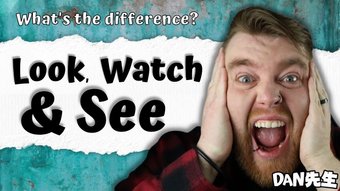
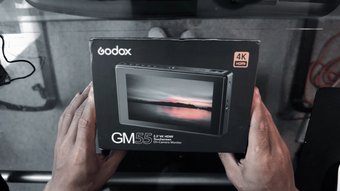








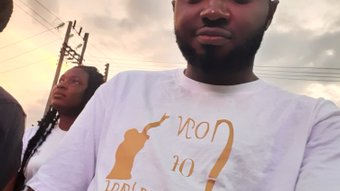



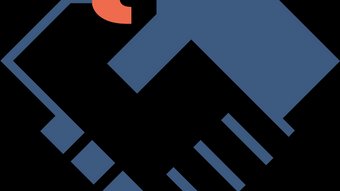

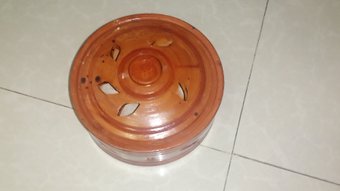


Comments:
Reply:
To comment on this video please connect a HIVE account to your profile: Connect HIVE Account